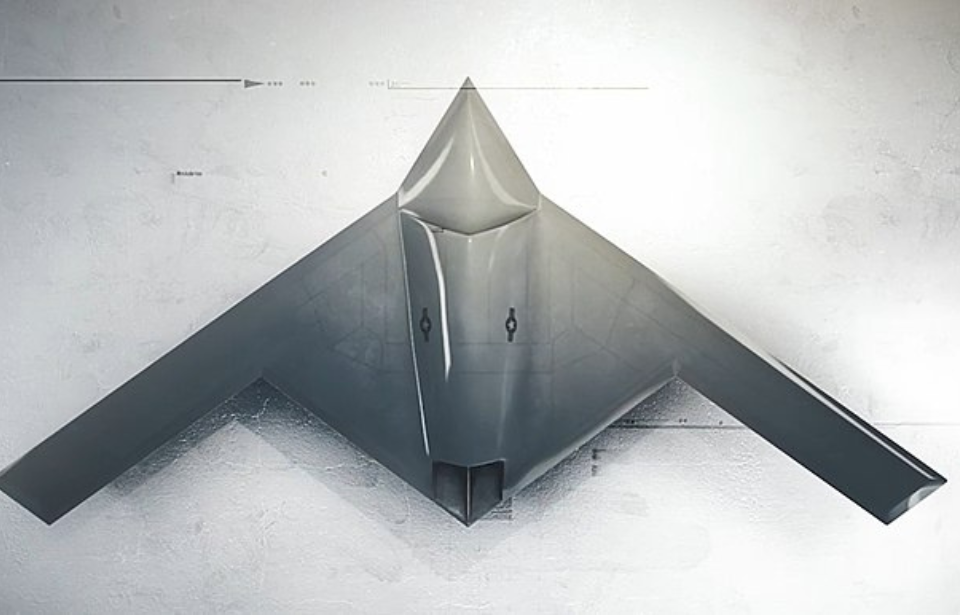When it comes to aerial reconnaissance and surveillance, the Northrop Grumman RQ-180 holds a unique position. Developed in secrecy following the retirement of the Lockheed SR-71 Blackbird, the unmanned aerial vehicle (UAV) represents a leap forward in America’s capabilities to gather intelligence without detection – a matter of great importance, given the world’s current military and geopolitical climate.
Entering a new era of stealth technology
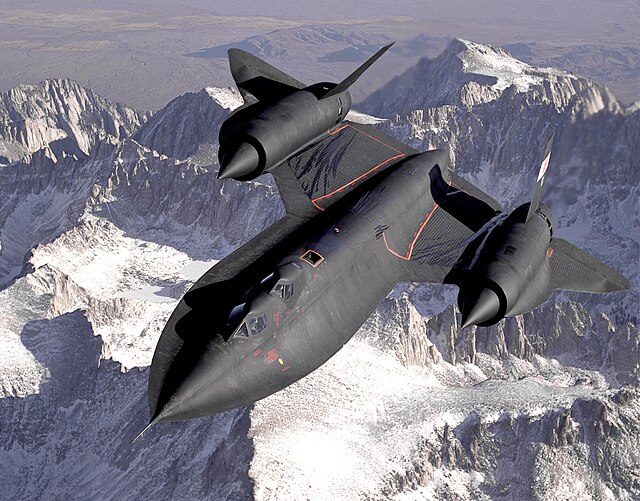
The arrival of the RQ-180 marks a significant leap forward in aerial reconnaissance. Designed by Northrop Grumman, the UAV is cutting edge, in terms of both its design and its capabilities. Its inception was driven by the need for a more capable and versatile reconnaissance platform that could penetrate and operate within heavily-defended environments, underscoring the US military’s commitment to maintaining technological superiority.
The RQ-180’s development has been shrouded in secrecy. No authorized images have been released to the public, nor have there been any real statements – there’s not even a concrete date for when it was first deployed (its first recorded test flight occurred in 2010). All we know is it’s likely already seeing action, was funded by the US Air Force’s classified budget and is likely operated by Edwards Air Force Base, California.
The UAV’s design incorporates advanced stealth features that significantly reduce its radar cross-section, allowing it to operate undetected in highly-contested airspace. This makes it an important asset for gathering intelligence, surveilling vast areas and conducting reconnaissance missions without the risk associated with manned aircraft.
Advanced features make up the RQ-180’s design
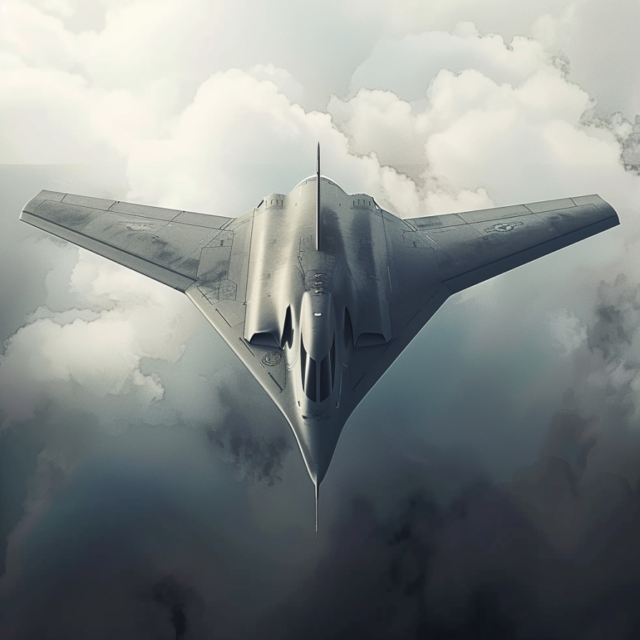
At the heart of the RQ-180’s design is a focus on stealth and high-altitude performance, allowing it to operate undetected. This UAV is equipped with cutting-edge sensors and communication systems, enabling it to gather and transmit information in real-time. Active electronically scanned array (AES) radar is installed, and its aerodynamics allow it to fly for upwards of 24 hours.
However, the RQ-180’s capabilities aren’t limited to surveillance – the RQ-180 can also conduct electronic warfare, providing a multifaceted approach to modern aerial reconnaissance missions.
What distinguishes the RQ-180 is its ability to seamlessly integrate with other assets in the US military’s arsenal, enhancing the overall effectiveness of surveillance and combat operations. As aforementioned, its design affords the UAV a minimal radar signature, which, when combined with its endurance and range, allows it to conduct prolonged missions without fear of detection.
How the RQ-180 has revolutionized intelligence gathering
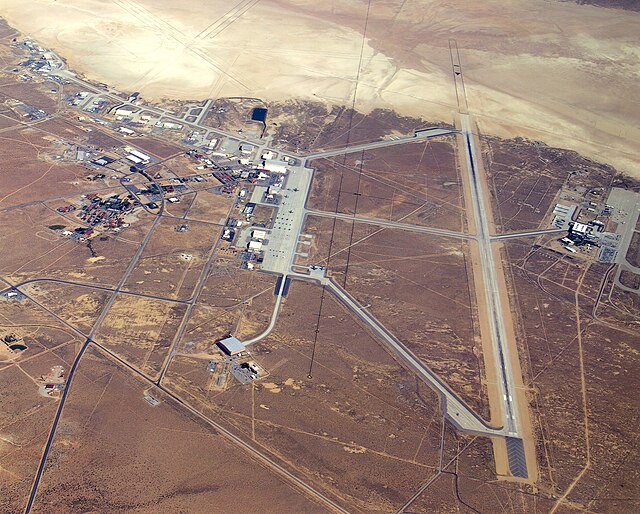
When it comes to strategic reconnaissance missions, the RQ-180 plays an important role, blending cutting-edge technology with stealth capabilities to gather critical intelligence without detection. The UAV was designed to operate in highly contested airspace, where traditional platforms might be at risk, and its ability to fly autonomously across vast distances (up to 14,000 miles) allows it to collect valuable data on enemy movements, communications and even environmental conditions.
The introduction of the RQ-180 into operational theaters has quietly revolutionized the approach to intelligence, surveillance and reconnaissance (ISR) missions. By providing a constant eye in the sky, the UAV supports an array of objectives, from peacetime monitoring to crisis management. It not only enhances situational awareness, but also acts as a force multiplier, resulting in more informed decisions and potentially averting conflicts before they escalate.
Looking ahead at the future
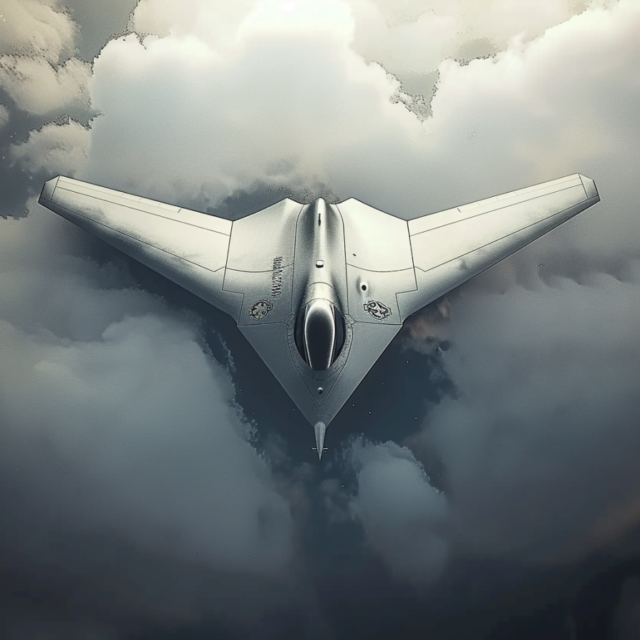
As the arena of aerial warfare and reconnaissance evolves, the integration of stealth technology becomes increasingly important. The RQ-180 exemplifies the advancements in this domain, with its development underscoring a strategic shift toward leveraging high-altitude, long-endurance capabilities and a reduced radar signature. The design philosophy mirrors the growing recognition of stealth as not just a tool for evasion, but as a fundamental component of modern aerial superiority.
More from us: A US Air Force Stealth Bomber Was Once Caught Mid-Flight on Google Maps
Looking ahead, the potential applications of the RQ-180 extend beyond mere surveillance. Its stealth characteristics, combined with the ability to operate autonomously, open up new possibilities for preemptive threat detection and assessment. As nations grapple with the challenges of maintaining aerial dominance in an era of rapid technological advancement, the UAV stands as a testament to the innovation driving the future of military aviation.
